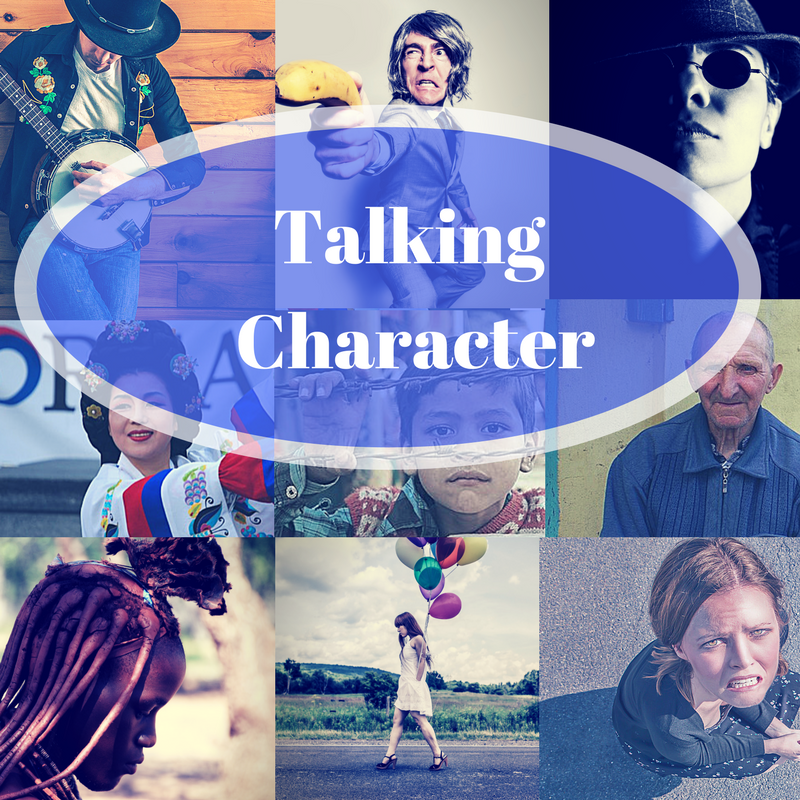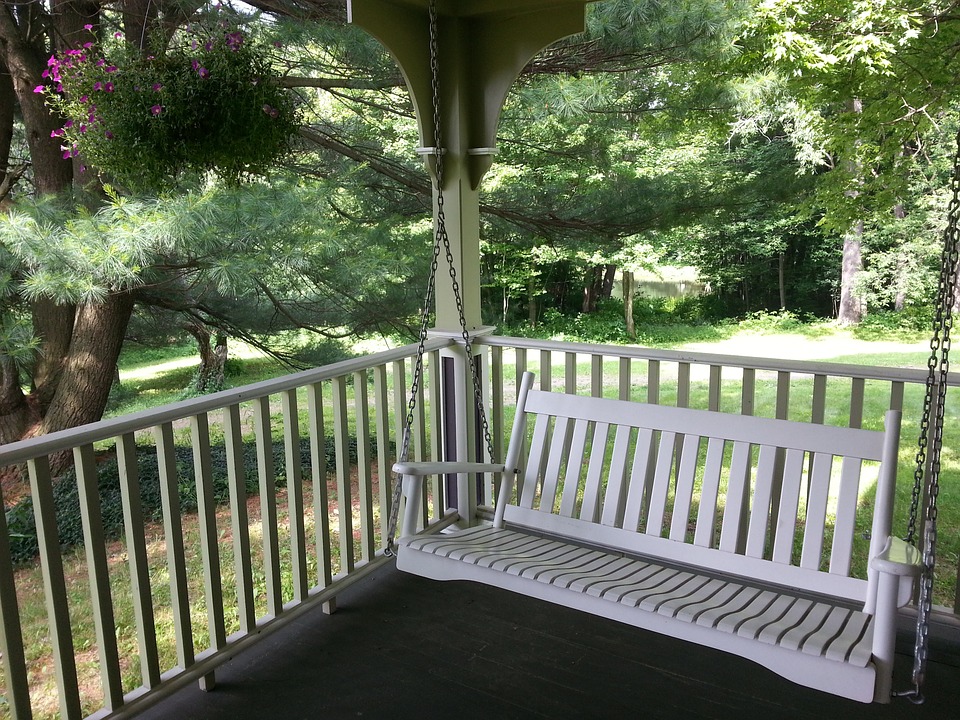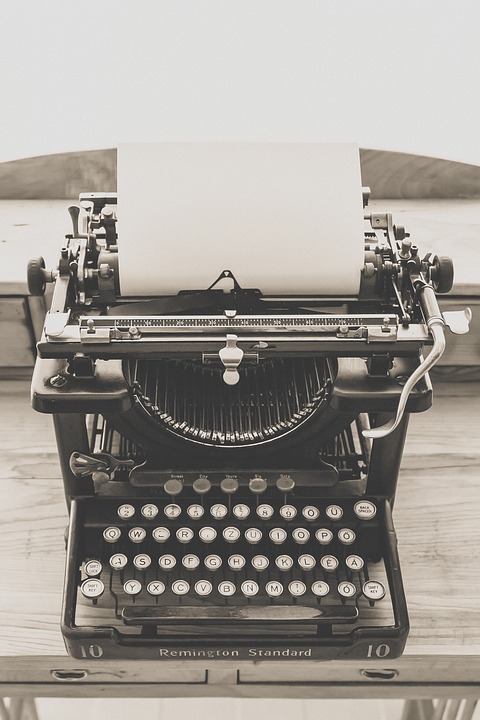
The Desire for Street Cars-Then and Now
In the early 1900s trolleys, otherwise known as “streetcars,” began popping up all over the United States. (For this…
January 20, 2023
In the early 1900s trolleys, otherwise known as “streetcars,” began popping up all over the United States. (For this…
January 20, 2023
While experiencing a major event in life, have you ever stopped and thought about the fact that, at that…
October 20, 2021
Consider this scene: “Another final notice.” She glared at her husband, slapped the paper bill with the back of…
August 24, 2021
When doing research for a historical novel, you may find an unexpected nugget that could add some extra excitement,…
July 20, 2021
Smell the churros? That cinnamon doughnutty aroma that draws you to the vendor’s stand? Or maybe your eyes are…
May 20, 2021
A health guru… Stale wheat… A tight budget… This hodgepodge of events would lead to the creation of a…
February 20, 2021
Thanksgiving morning! Heroine’s day begins in the kitchen helping Mother stuff Tom Turkey. Task done, they lug the heavy…
November 20, 2020
Writing a novel is hard work and takes time. Writing a Historical Fiction novel may require more time and…
October 20, 2020
From the ingenuity of Thomas Moore, the icebox first appeared on the American scene in 1802. Like many new…
August 20, 2020
Writing during a global pandemic is probably not something you thought you’d be tackling. Writing is hard enough by…
June 7, 2020
If you’re a historical fiction writer who is under quarantine or lockdown, whether voluntary or government mandated, now would…
May 31, 2020
As both a reader and a writer, I enjoy spending time in book stores and libraries. This year some…
January 20, 2020
Think cranberries! From there, it’s not a long stretch to thoughts of Thanksgiving. And for a writer, creative juices…
November 20, 2019
You don’t need a PhD in history to write historical fiction. Grad school, after all, trains students to ask…
July 18, 2019
Ever have a latte from your favorite coffee shop and they forgot to add a key ingredient? I recently…
May 11, 2019
My fifth historical romance releases next summer. I’ve written nine others that are “pre-published,” most requiring months of research.…
January 20, 2019
I enjoy digging into the past, following bunny trails of history, and learning about cultures long interred and nearly…
September 20, 2018
The dark house looked lonely and foreboding as Ellen pulled the key from her reticule and fumbled with the…
August 20, 2018
Have you ever read a fictional novel set in the 1700s where the main character is named Harper (22…
July 30, 2018
Sometimes fiction authors write about real people. Especially those who write historical fiction. Real historical characters can add a…
February 20, 2018
By Sandra Merville Hart When it comes to research, contemporary writers have it so easy, right? I am teasing,…
March 21, 2017
By Sandra Merville Hart A few family members came over to watch a movie this weekend. The dramatic…
February 24, 2017
By Sandra Merville Hart It happened again. Somewhere in the middle of writing the novel, the story got stuck…
January 21, 2017
Historical authors can glean a wealth of information from old photos. They give an unintentional glimpse into everyday life…
November 19, 2016
I watched a movie set in the 1800s recently where a child said, “Cool!” He didn’t refer to the…
October 21, 2016